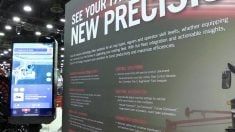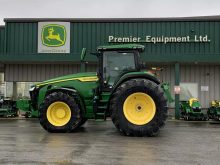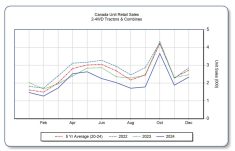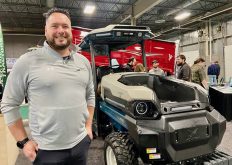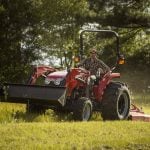Glacier FarmMedia – The AgriCup tire debut during the American 2019 Farm Progress Show had a few farmers scratching their heads.
“Are those tires supposed to look like that? I think they need some air,” said a show attendee at the Galileo Wheel booth to company co-founder Avishay Novoplanski.
The AgriCup is built with more rubber than a regular tire. The construction allows it to run with less air pressure, which gives it a longer profile and does make it look like it’s under inflated.
Read Also
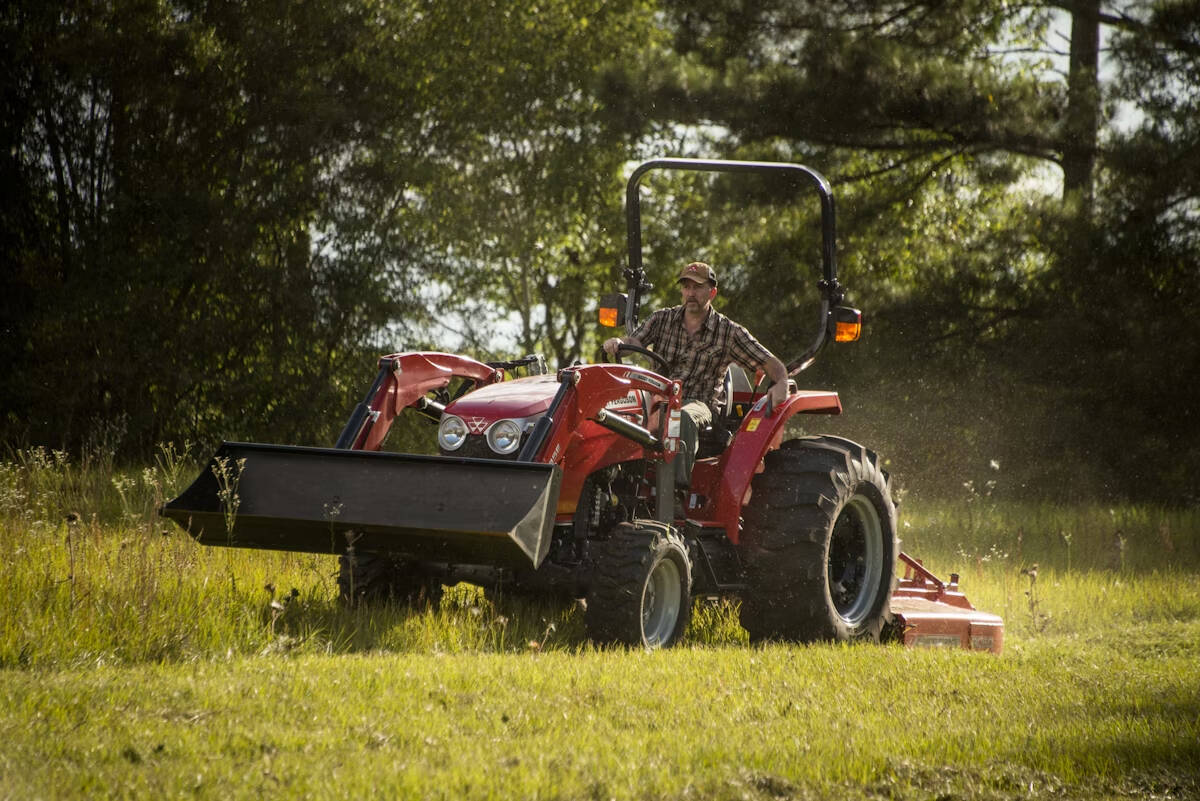
Agco settles legal dispute with TAFE
Agco and Tractors and Farm Equipment (TAFE) from India announced July 1 that they had settled their legal dispute, which began in 2024 over local ownership of the Massey Ferguson brand name and other concerns.
“People see this shape and they can’t believe it’s not a full rubber tire. They don’t understand it’s a pneumatic tire,” said Novoplanski.
The tire’s design is radically different than a conventional tractor tire, but it’s also the same in many respects.
“This tire in a nutshell has the simplicity and the integrity of the tire, with most of the properties of a track,” Novoplanski said.
“It’s round and black and it goes on a standard rim, it’s manufactured in a standard manufacturing procedure of tires, same machinery, same raw materials. Yet the finished product allows for a significantly bigger and better type of footprint, longer footprint.”
Its sidewall is designed to compress and relax similar to an accordion, and is made with much more rubber than the sidewall of a conventional tire.
Novoplanski said the heavier tires improve lateral stability over a standard tire, which allows tractors to handle tight turns and side hills better than fully inflated conventional tires.
He said normal tires do not distribute their loads as evenly across their footprint as well as the AgriCup does, which also provides benefits at the drawbar.

“More lugs are in good contact with the soil. So you get more drawbar, less ground pressure, less soil compaction,” Novoplanski said.
He said the extra material in the tire helps creates a smoother ride that can prolong equipment life, and the reduced vibrations also helps reduce soil compaction.
Because the sidewall is shaped to curve in, the tread is the widest part of the tire, unlike on conventional tires, where the sidewall is the widest part.
“So it’s very unlikely to get a puncture on the sidewall, and as you may know a puncture or slit on the sidewall would often mean total loss of the tire, which may be a very expensive tire. Here it simply won’t happen,” Novoplanski said.
However, if the air pressure is lost operators are able to limp the AgriCup tire off the field, or even home, for repairs.
The AgriCup has been tested with the standard endurance drum tests.
“We began with fulfilling all the requirements of any tire in terms of endurance, load stability, etc., and we just add on top of that. So for the durability we are doing the minimum plus a significant amount of hours.”
Because the AgriCup is a tubeless pneumatic tire, Novoplanski said operators can add fluid to the tire if they want.
He said the price for the AgriCup will be more than a premium conventional tire, far less than a track system, and that North American farmers will be able to purchase the tire in about a year.
This article was originally published at the Western Producer.




